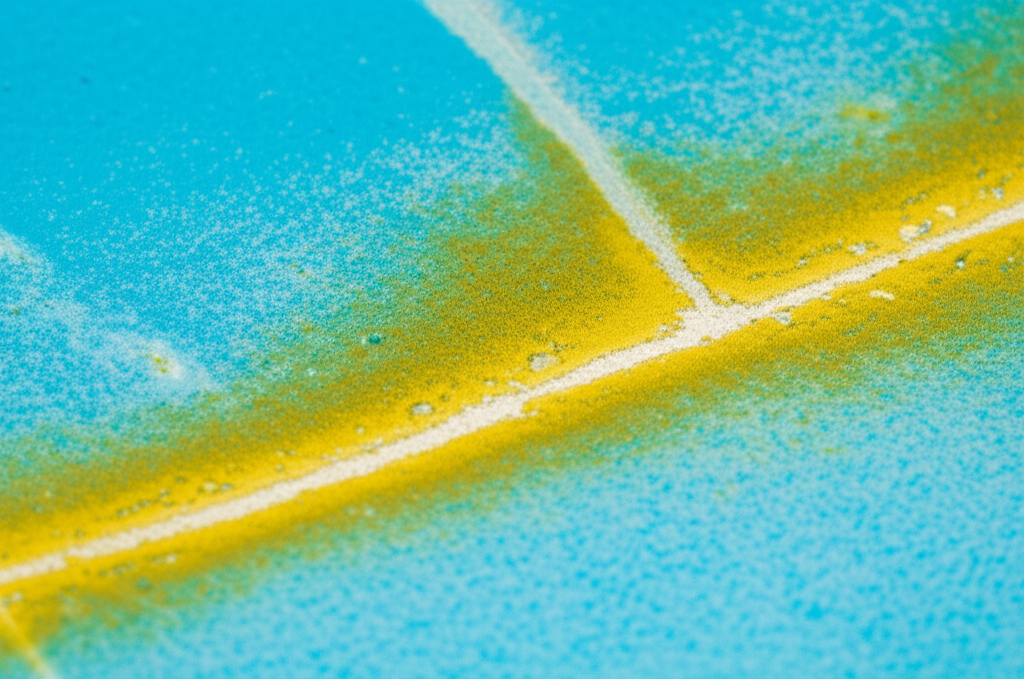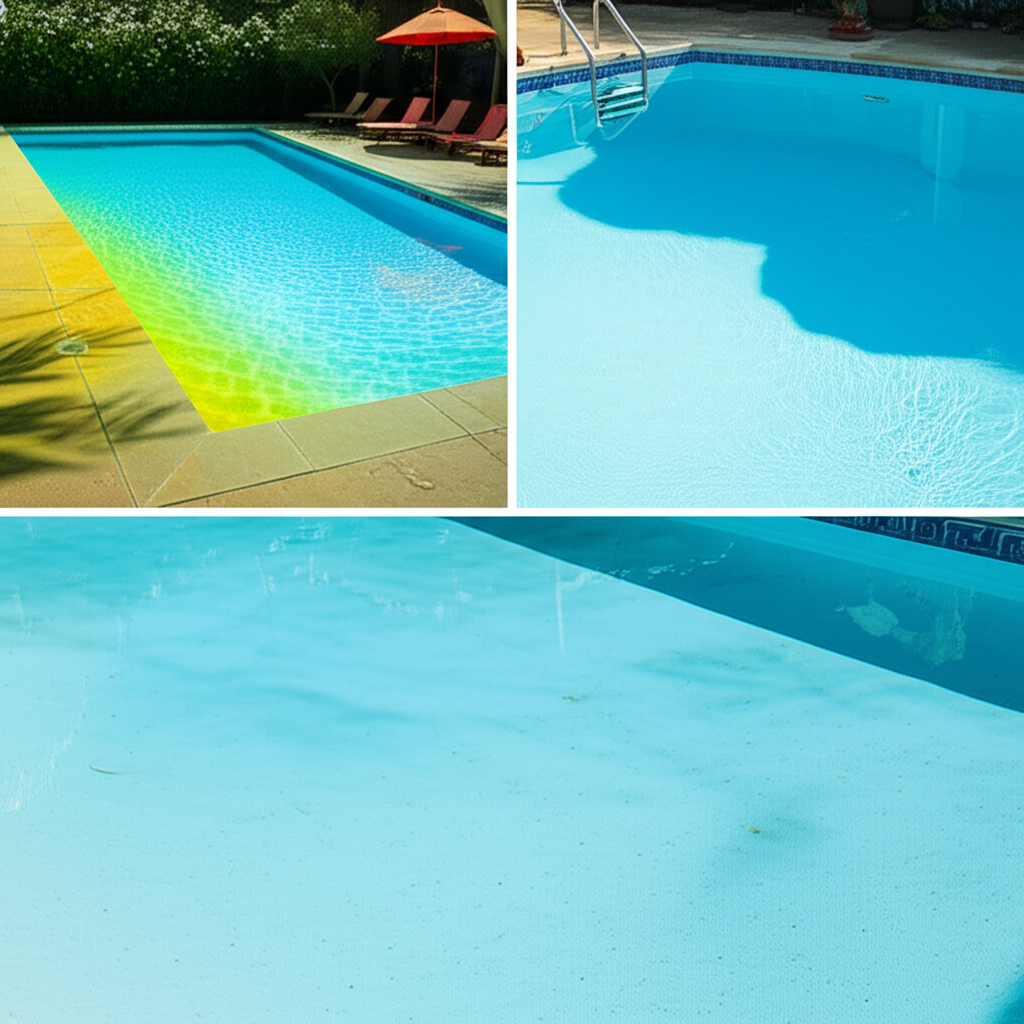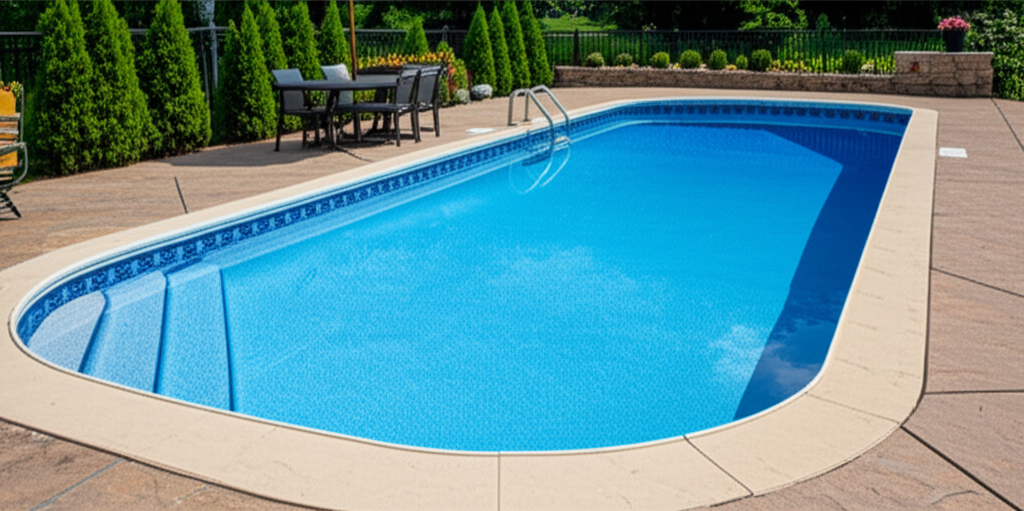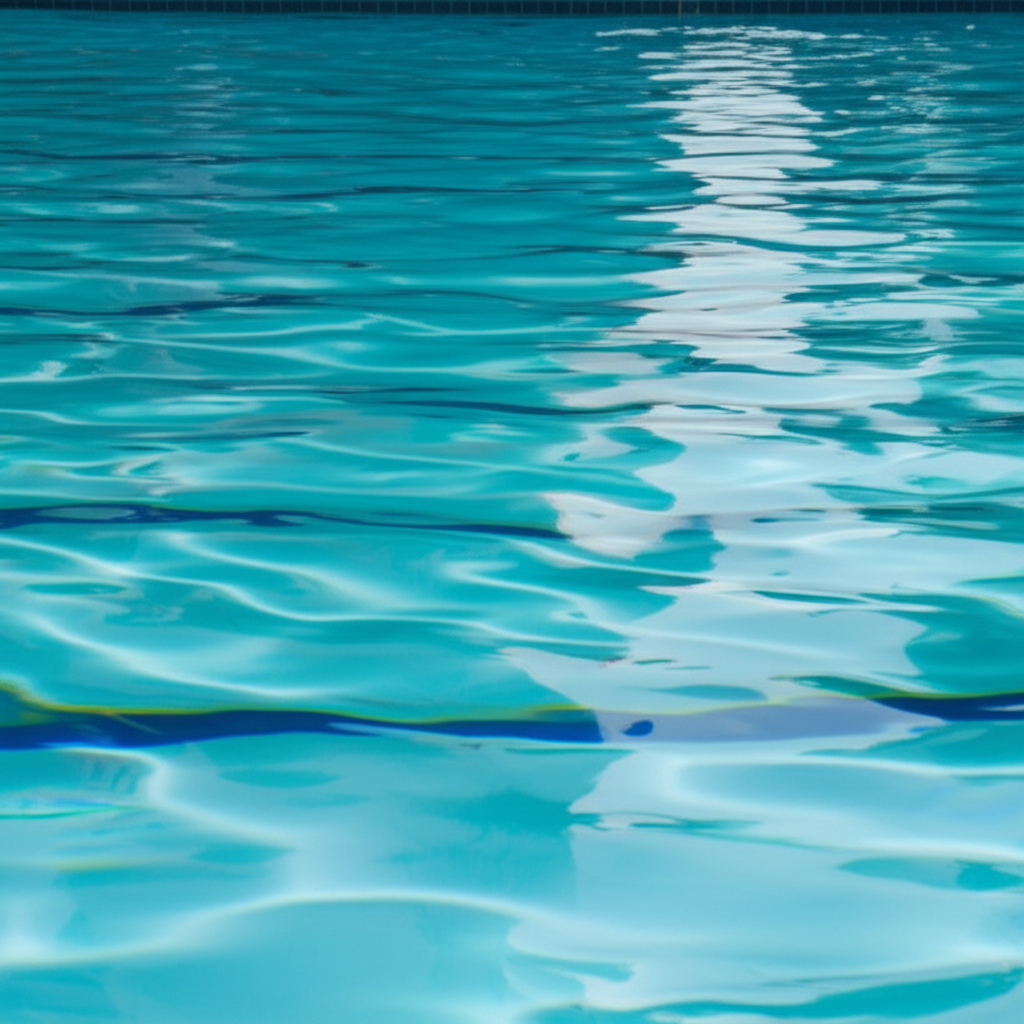- What is Yellow Pool Algae, and Why is it so Stubborn?
- Common Causes & Contributors to Mustard Algae Growth
- Identifying a Mustard Algae Infestation
- Your Step-by-Step Guide to Banishing Mustard Algae
- Prevention is Key: Keeping Mustard Algae at Bay
Mustard Algae is one of the most persistent and frustrating forms of yellow pool algae that can plague pool owners. Often mistaken for pollen or dirt due to its distinctive yellowish-brown color, this incredibly stubborn organism has a unique ability to cling to pool surfaces, resisting standard chlorine treatments and quickly reappearing even after aggressive cleaning. It doesn’t just make your pool look unsightly; it can also harbor bacteria and make your swim less inviting. Banish this unwelcome guest from your backyard oasis with a comprehensive, step-by-step approach designed to eliminate it for good.
What is Yellow Pool Algae, and Why is it so Stubborn?
Also known as yellow algae, Mustard Algae is a specific type of algae (often Chlamydomonas or similar species) that thrives in shaded areas and low-circulation zones of swimming pools. Unlike the more common green algae, which floats freely in the water and makes it cloudy, mustard algae tends to cling to the walls, steps, and bottom of the pool. It has a powdery or slimy texture when brushed and can easily be dislodged, only to settle back down and re-establish itself rapidly.
Its notorious stubbornness stems from a few key characteristics:
Chlorine Resistance: It possesses a protective outer layer that makes it highly resistant to normal chlorine levels, allowing it to survive and reproduce even in seemingly sanitary conditions.
Ability to Hide: It can hide in microscopic pores of pool surfaces, cracks, and even inside pool equipment, waiting for an opportunity to re-emerge.
Contamination Risk: Spores can cling to anything that enters the pool – swimsuits, toys, nets, brushes, automatic cleaners – making cross-contamination a significant concern.
Preference for Shade: It often flourishes in areas that receive less direct sunlight, making it common on the shady side of the pool or under covers.
Common Causes & Contributors to Mustard Algae Growth
Understanding why mustard algae appears is the first step in effective prevention and treatment. Several factors can contribute to its presence:
Low Sanitizer Levels: Insufficient chlorine due to poor maintenance, overuse, or inefficient shocking allows algae to take hold and multiply.
Poor Circulation and Filtration: Areas with little water movement (e.g., behind ladders, in corners) or a struggling filter system create ideal conditions for algae to settle and grow.
Unbalanced Water Chemistry: pH levels outside the ideal range (7.4-7.6) can make chlorine less effective, giving algae an advantage. High phosphates can also act as a food source.
Cross-Contamination: Bringing contaminated items (swimsuits, brushes, toys used in another infected pool) into your pool can rapidly introduce spores.
Warm Water: Algae, like many single-celled organisms, thrives in warmer temperatures, making it a common problem during summer months.
Identifying a Mustard Algae Infestation
Spotting yellow pool algae isn’t always straightforward. It might first appear as light yellow patches or smudges on the pool walls or floor, often in areas of low circulation or shade. It can look like dirt, but unlike dirt, it won’t just brush away permanently. You’ll notice that even after brushing and vacuuming, it seems to reappear in the same spots days later. If you run your hand over it, it might feel powdery or slightly slimy. Unlike green algae, it rarely makes the water cloudy; instead, it adheres to surfaces.
Your Step-by-Step Guide to Banishing Mustard Algae
Eliminating mustard algae requires a thorough, multi-pronged attack. Skipping a step can lead to its rapid return.
1. Preparation is Key:
Test Your Water: Get a baseline reading for pH, alkalinity, calcium hardness, and chlorine levels. Adjust as necessary to bring them into recommended ranges.
Gather Your Tools: You’ll need a stiff-bristled pool brush, a vacuum, a reliable test kit, a specialized mustard algaecide (polyquat or copper-based are effective), a large quantity of granular pool shock (calcium hypochlorite or dichloroisocyanuric acid), and a filter cleaning solution.
Clean Everything: Gather any pool toys, floats, skimmer baskets, nets, and even swimsuits that have been in the pool. These will need to be disinfected later.
2. Brush Vigorously: Using your stiff-bristled brush, scrub every single surface of your pool — walls, floor, steps, ladders, lights, and any other fixtures. The goal is to dislodge as much algae as possible, ensuring it’s suspended in the water where chemicals can reach it. Pay extra attention to corners and shaded areas.
3. Vacuum to Waste: After brushing, let the pool sit for a few hours to allow any dislodged algae to settle. Then, vacuum the entire pool to waste, if possible. This prevents the algae from passing through your filter and being reintroduced. If you can’t vacuum to waste, ensure your filter is clean and ready for heavy use.
4. Balance Your Pool Water Chemistry: Re-test and ensure your pH is between 7.4-7.6, and alkalinity is 80-120 ppm. Proper balancing allows your shock and algaecide to work at maximum efficiency.
5. Triple Shock Your Pool: This is where the heavy artillery comes in. You’ll need to “super-chlorinate” your pool. For mustard algae, plan on using 3-5 times the normal shock dose recommended for your pool volume. Broadcast the shock evenly across the pool, preferably at dusk or night to minimize UV degradation. If you’re using calcium hypochlorite, pre-dissolve it in a bucket of water before adding it to the pool to prevent surface damage. Run your pump for 24-48 hours continuously.
6. Apply a Specialized Algaecide: After shocking and letting the pool circulate for several hours, add a quaternary ammonium (polyquat) or copper-based algaecide specifically formulated for mustard algae. Follow the manufacturer’s directions carefully for the appropriate dosage based on your pool size. Alkylated Dimethyl Benzyl Ammonium Chloride is a common active ingredient in effective mustard algaecides.
7. Run Your Filter & Circulate Continuously: Keep your pool pump running 24/7 for at least 72 hours, or until the water is crystal clear and algae is no longer visible. Backwash or clean your filter frequently during this period as it collects dead algae.
8. Thoroughly Clean All Equipment: This step is crucial to prevent re-infestation. Put all pool tools, toys, and equipment (net, brush, vacuum hose, automatic cleaner, even flip-flops and swimsuits) into the super-chlorinated pool water for at least 24 hours. Alternatively, soak them in a strong bleach solution (1 part bleach to 9 parts water). For automatic cleaners, consult the manual for proper cleaning or service.
9. Continue Brushing & Testing: For the next few days, continue to brush the pool daily, even if you don’t see algae. Maintain super-chlorination levels for at least 3-5 days after the last visible sign of algae. Test your chlorine levels regularly and re-shock if necessary to keep them elevated.
Prevention is Key: Keeping Mustard Algae at Bay
Once you’ve successfully banished yellow pool algae, the last thing you want is for it to return. Consistent preventative measures are essential:
Maintain Proper Water Chemistry: Regularly test and adjust pH, alkalinity, and chlorine levels.
Shock Regularly: Implement a routine weekly or bi-weekly shock treatment, especially during hot weather or heavy use.
Run Your Filter Daily: Ensure your pump runs for at least 8-12 hours per day to cycle all the pool water.
Brush and Vacuum Routinely: Make brushing walls and vacuuming the floor a regular part of your pool maintenance.
Clean Pool Equipment: Regularly clean skimmer baskets, pump baskets, and backwash/clean your filter.
Consider Phosphates: Test for phosphates and use a phosphate remover if levels are high, as these can feed algae.
* Proper Storage: Store pool equipment in clean, dry areas, and don’t introduce items from other pools without sanitizing them.
Dealing with mustard algae can be a daunting task, but with diligence and the right approach, you can restore your pool to its pristine, sparkling glory. Remember, consistency in maintenance is your best defense against this formidable foe.




